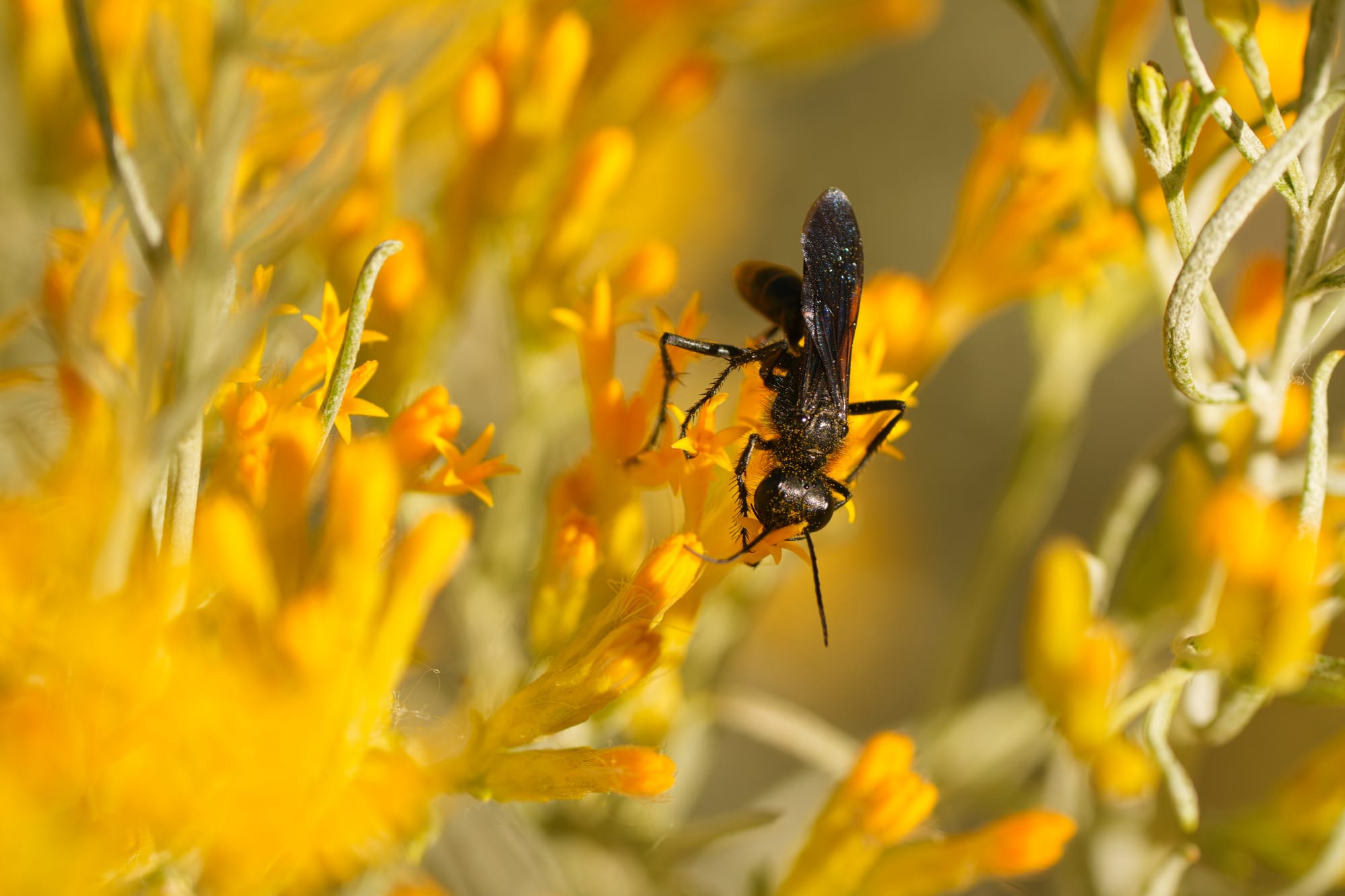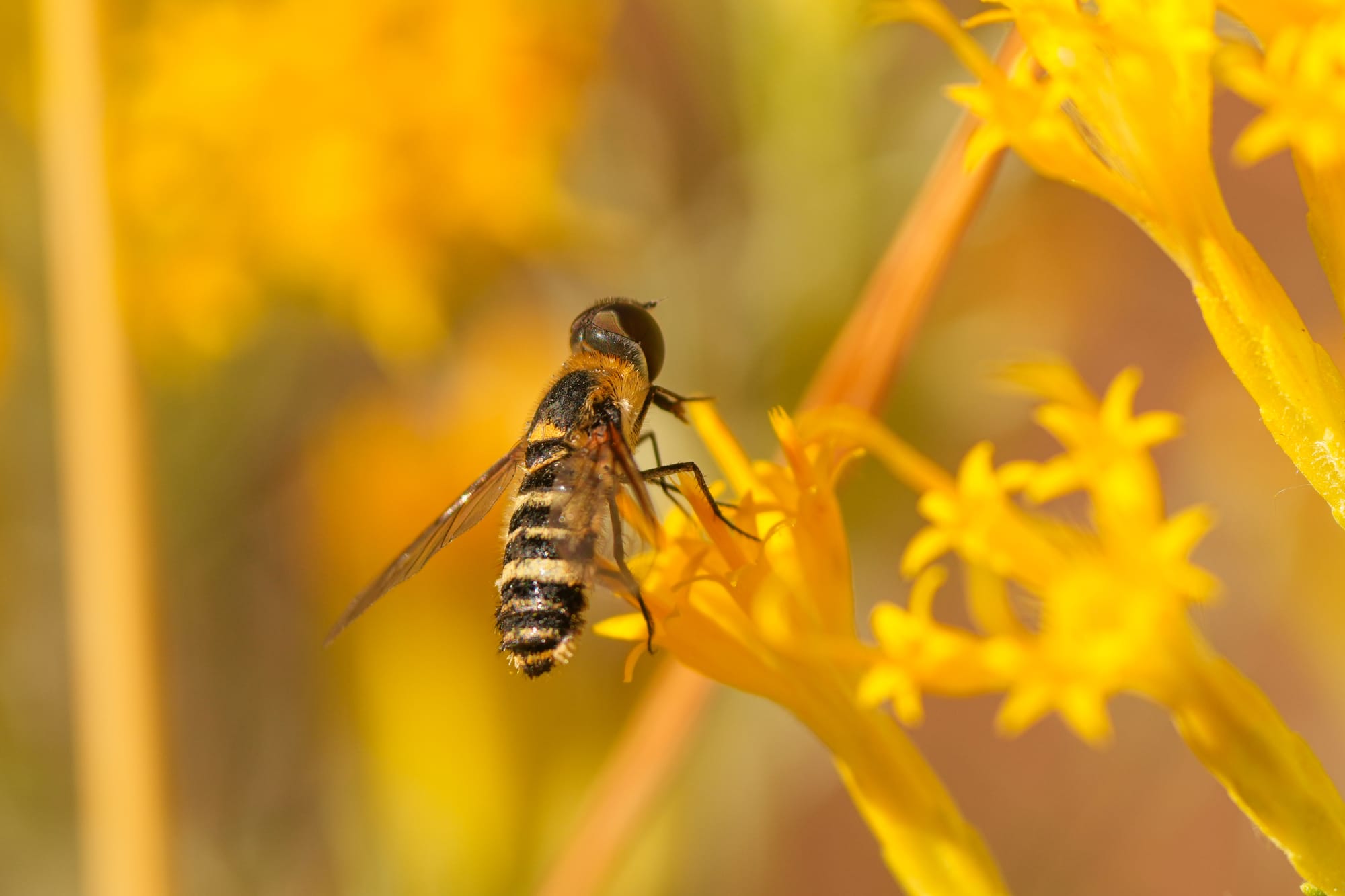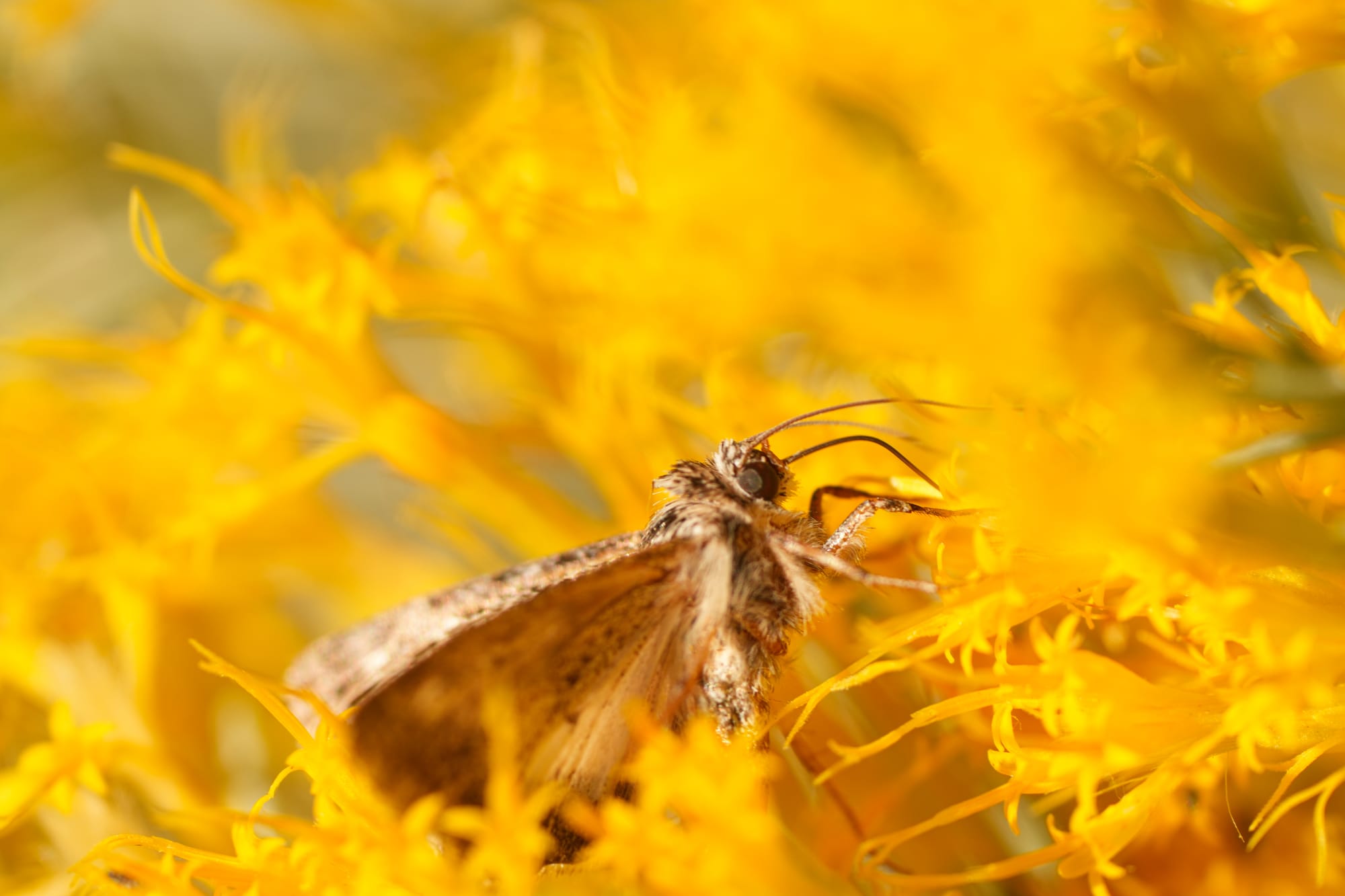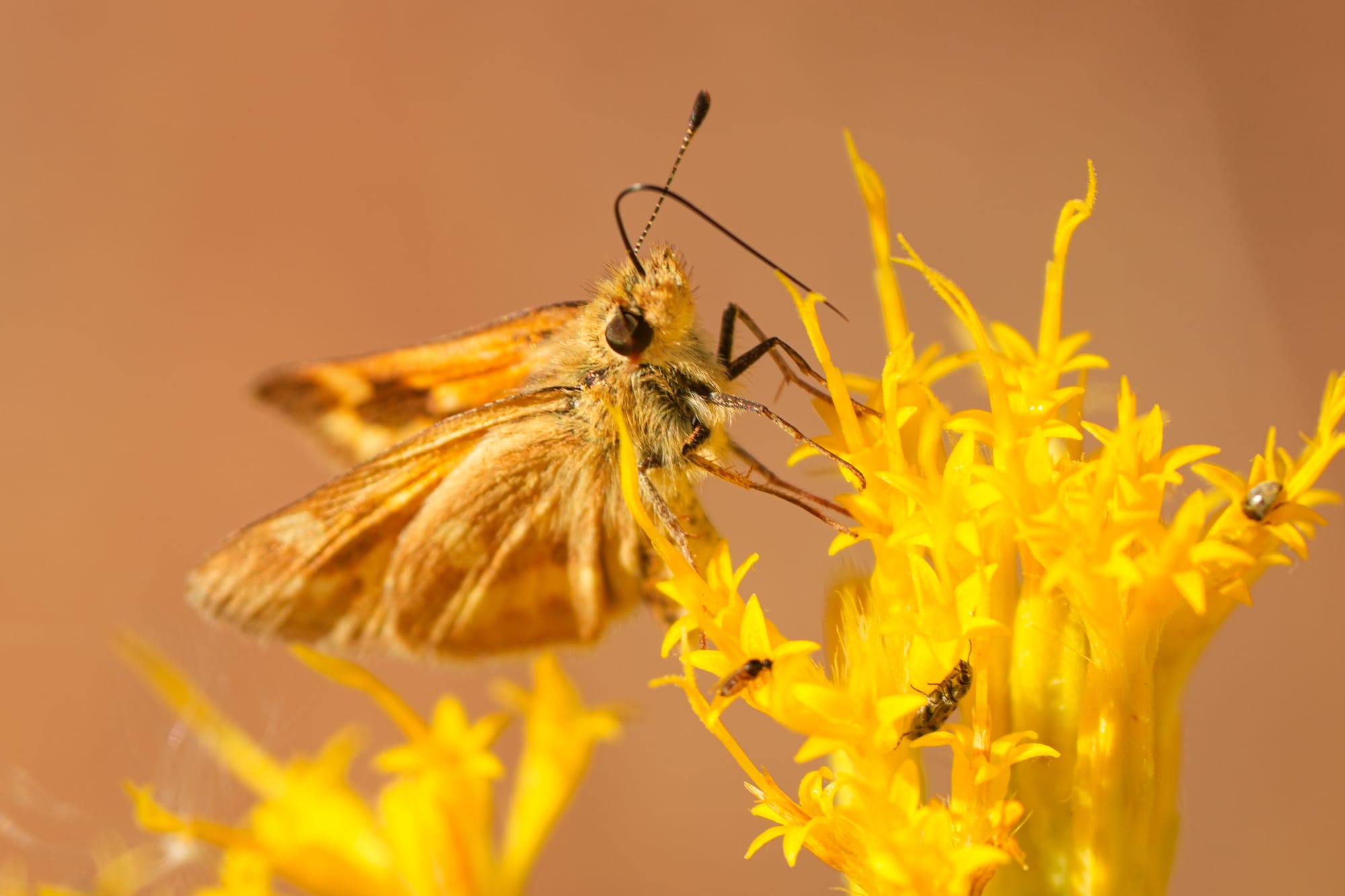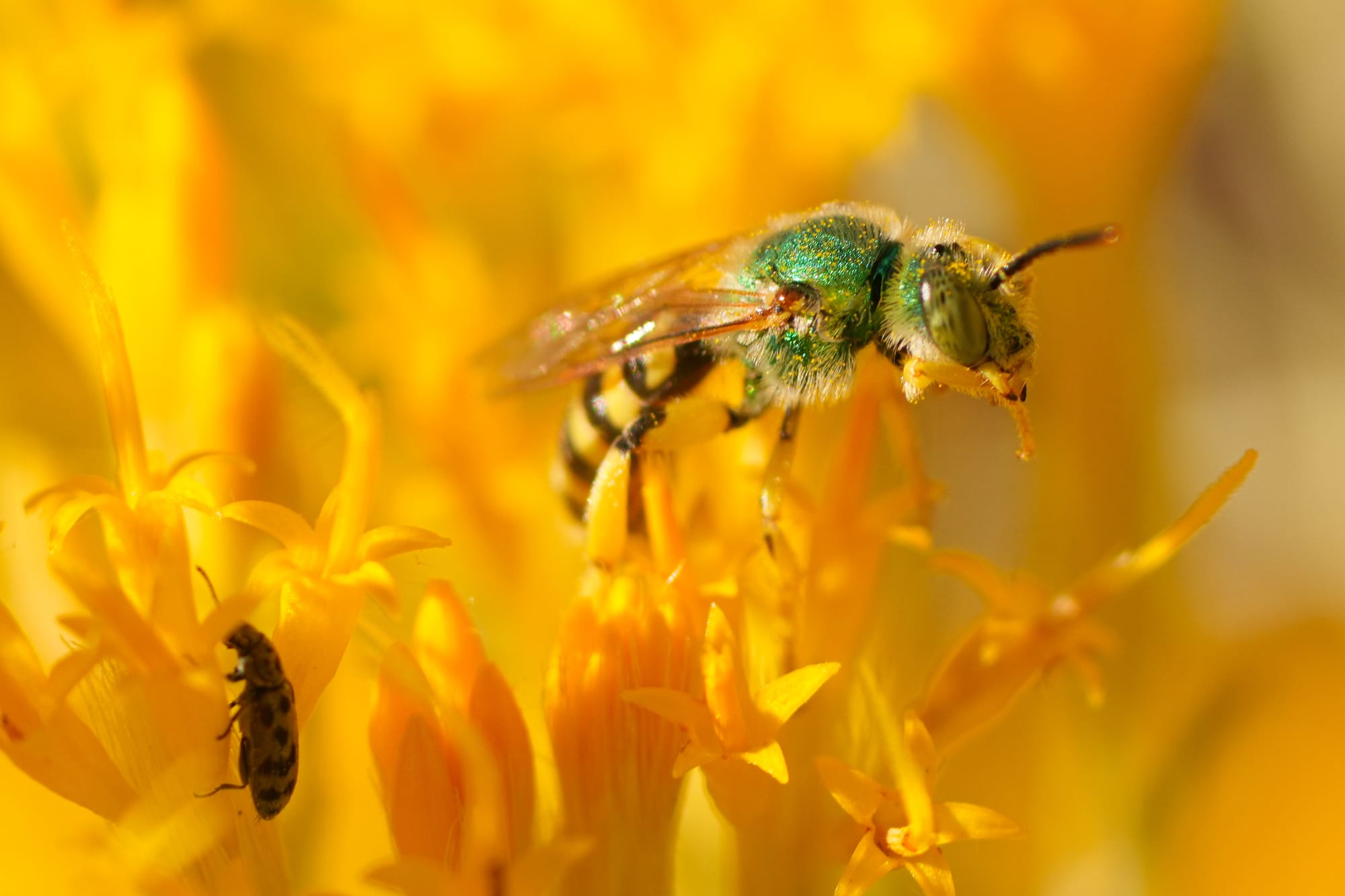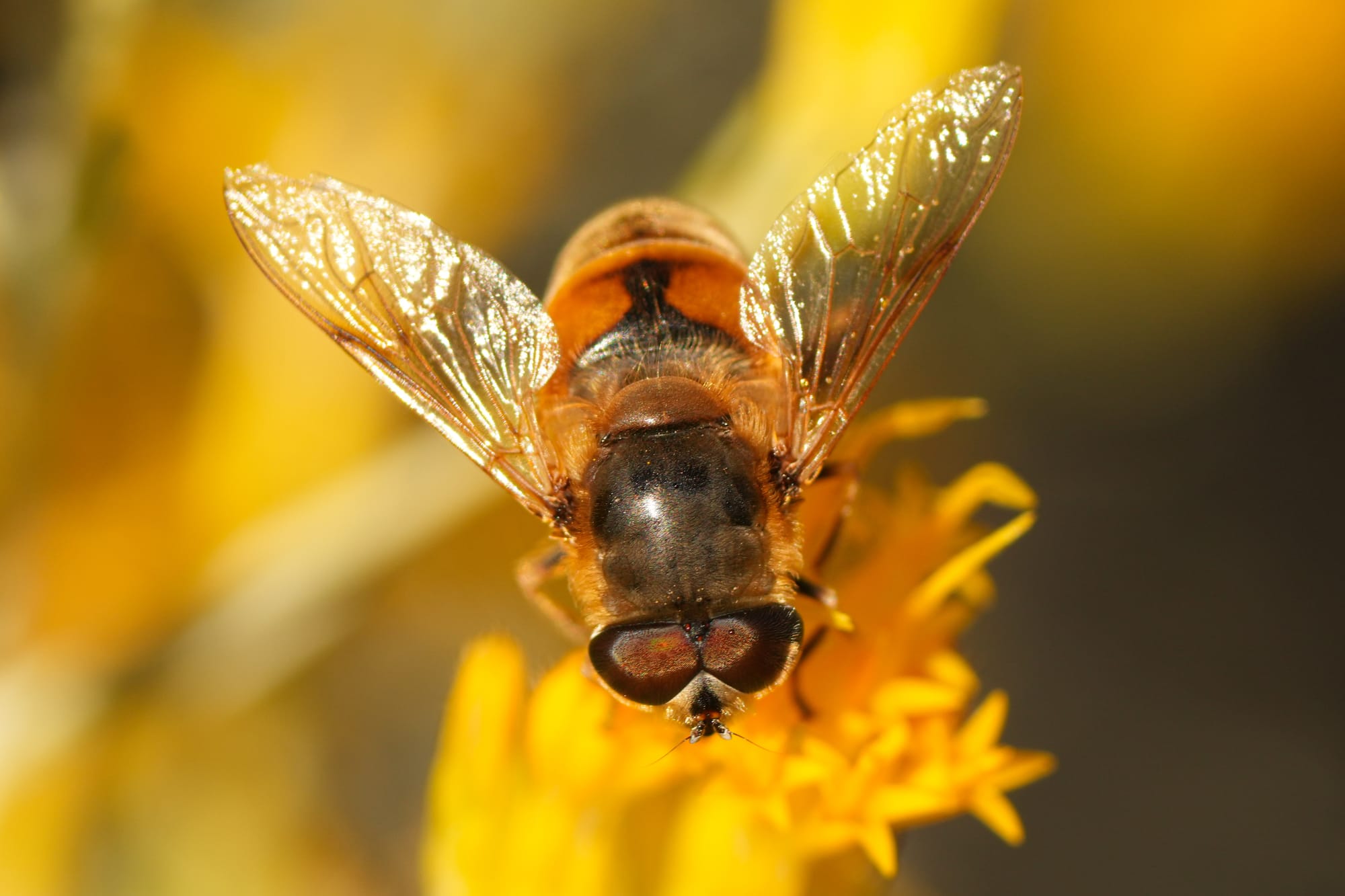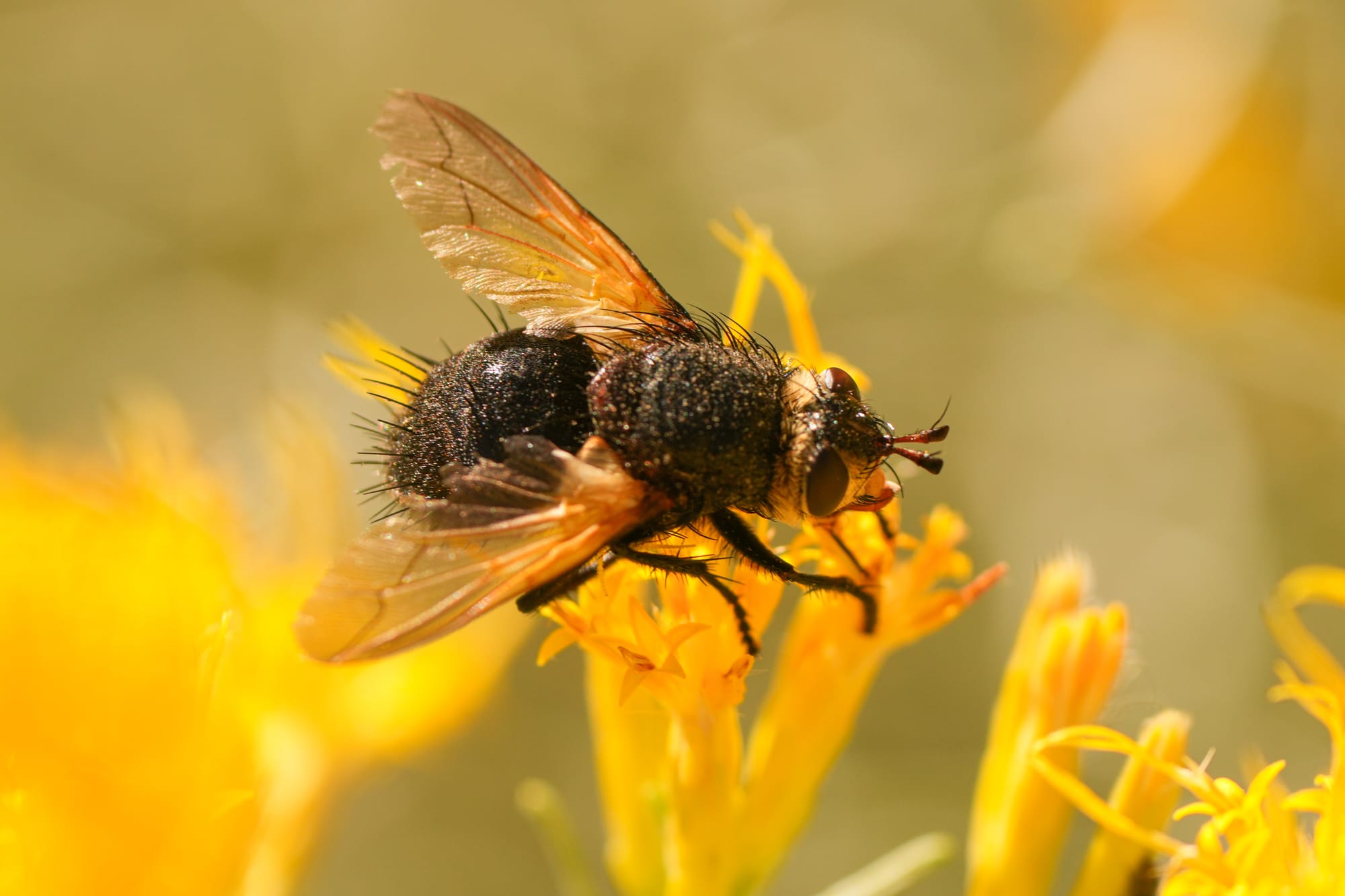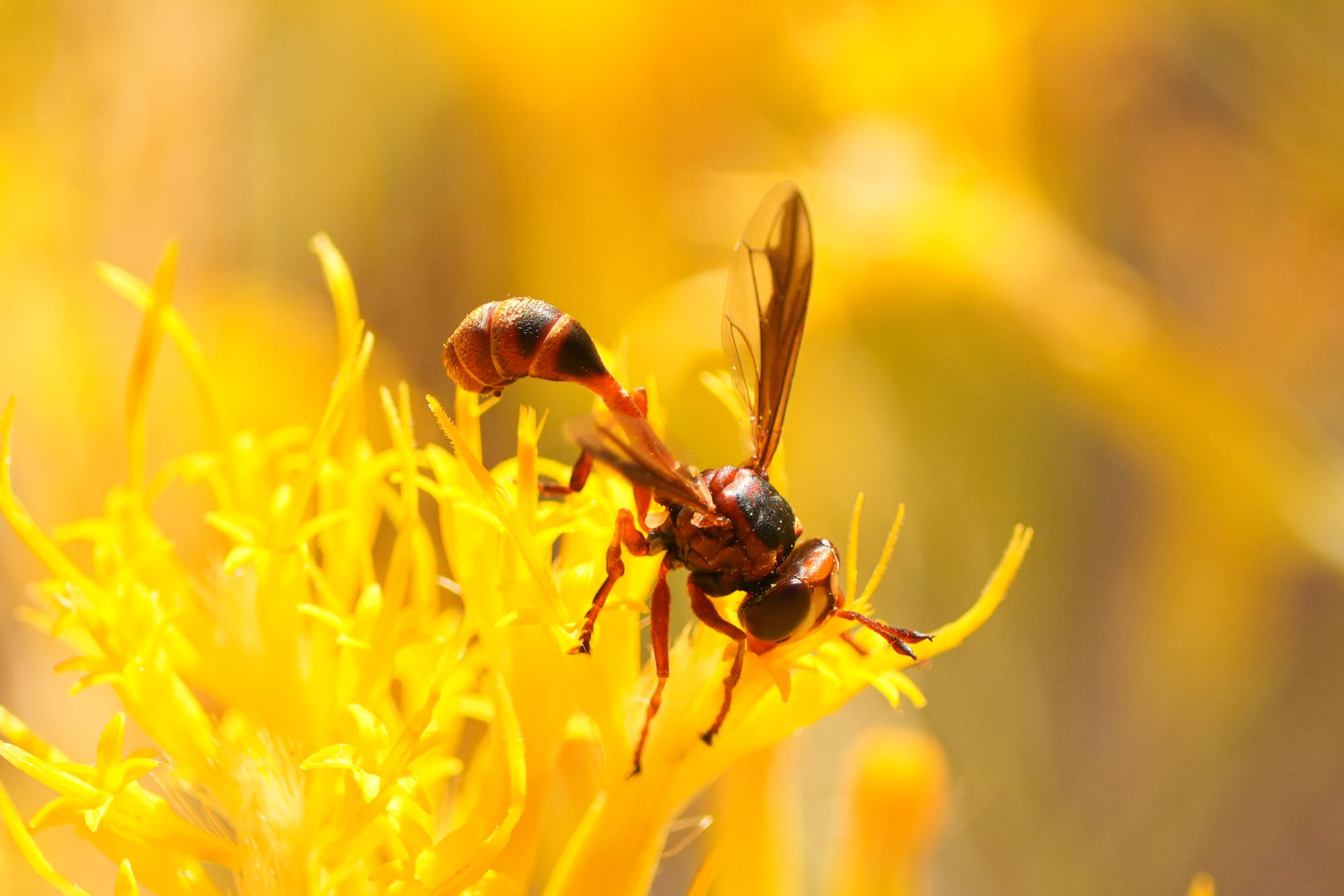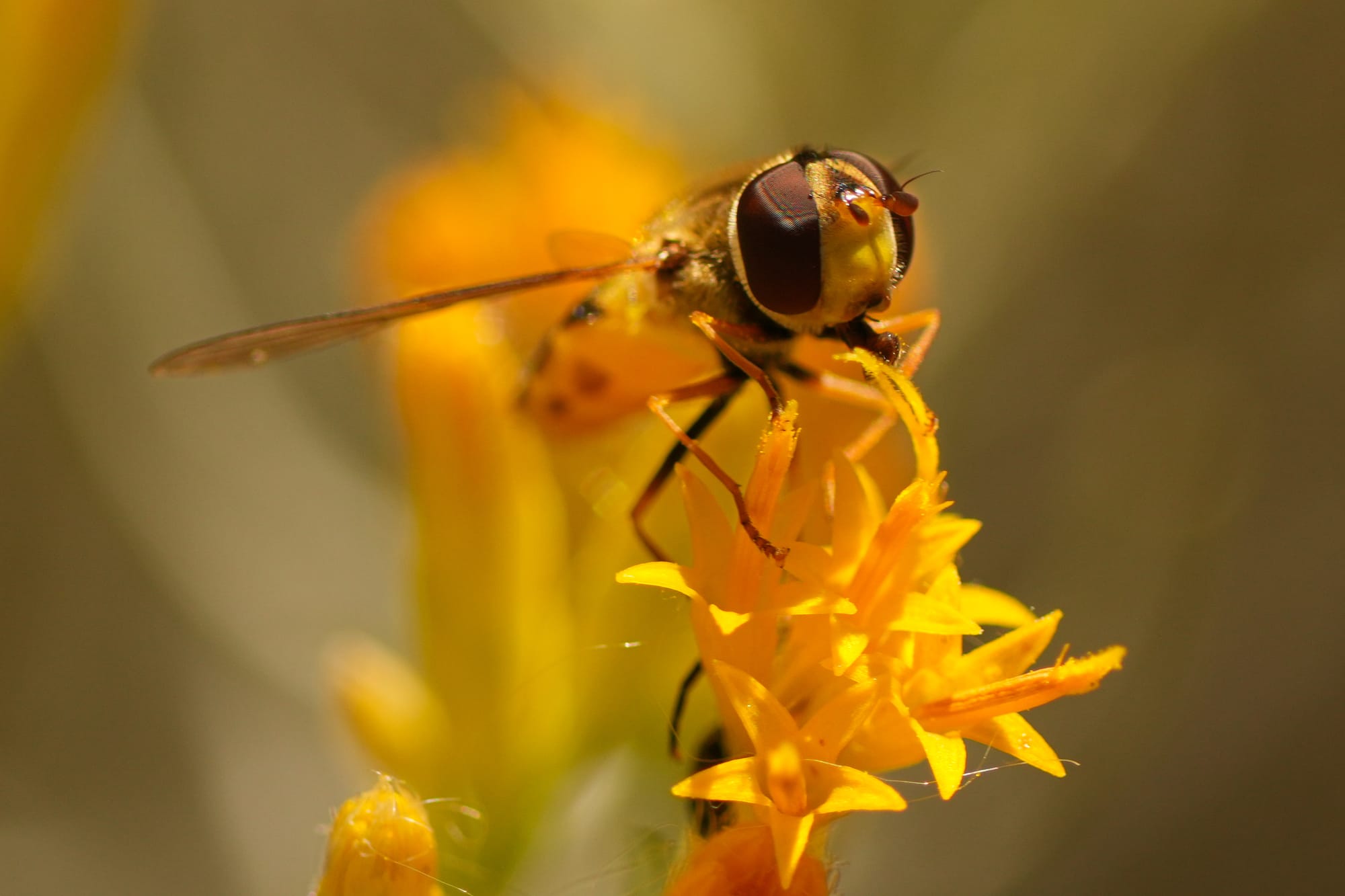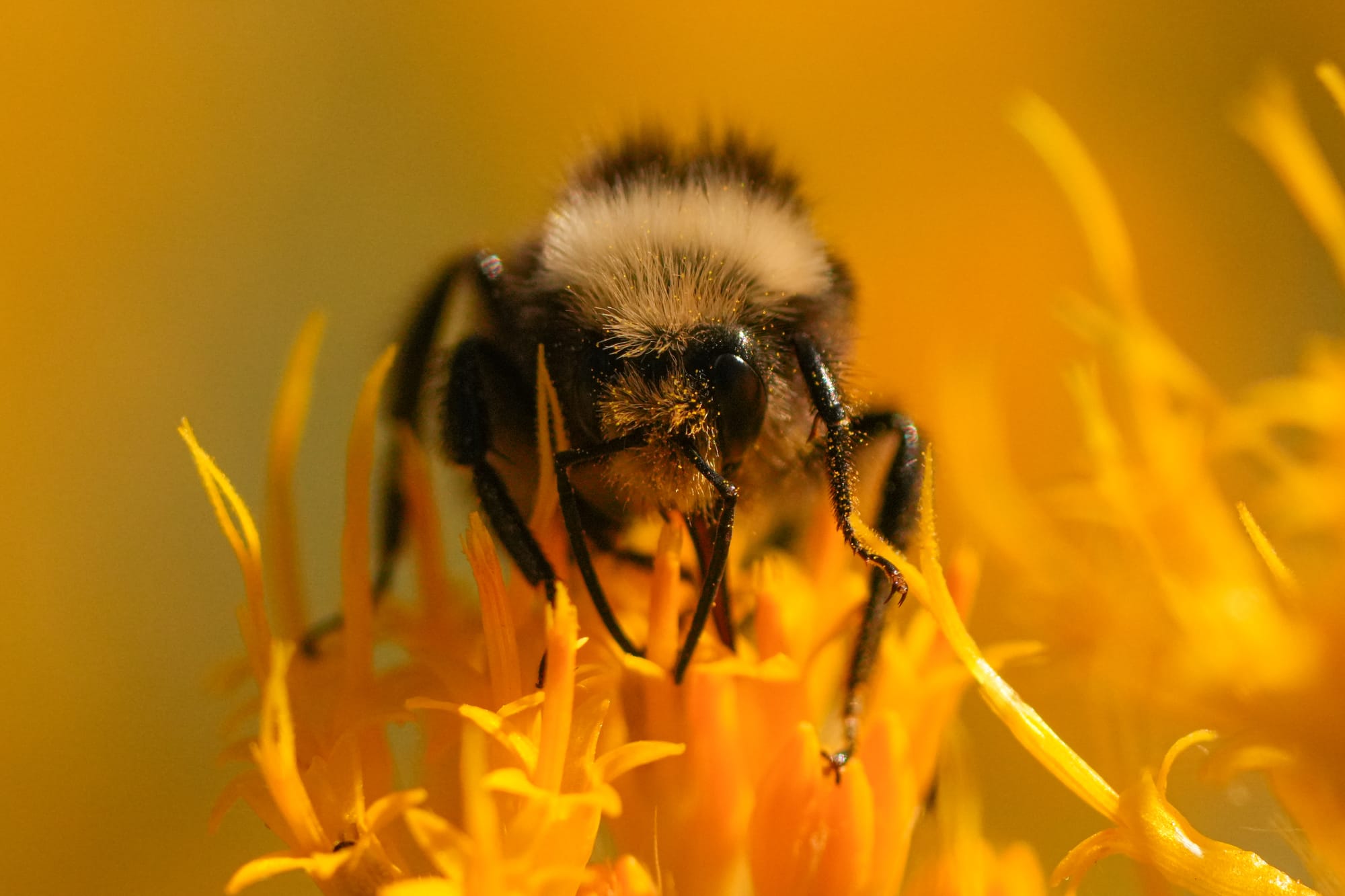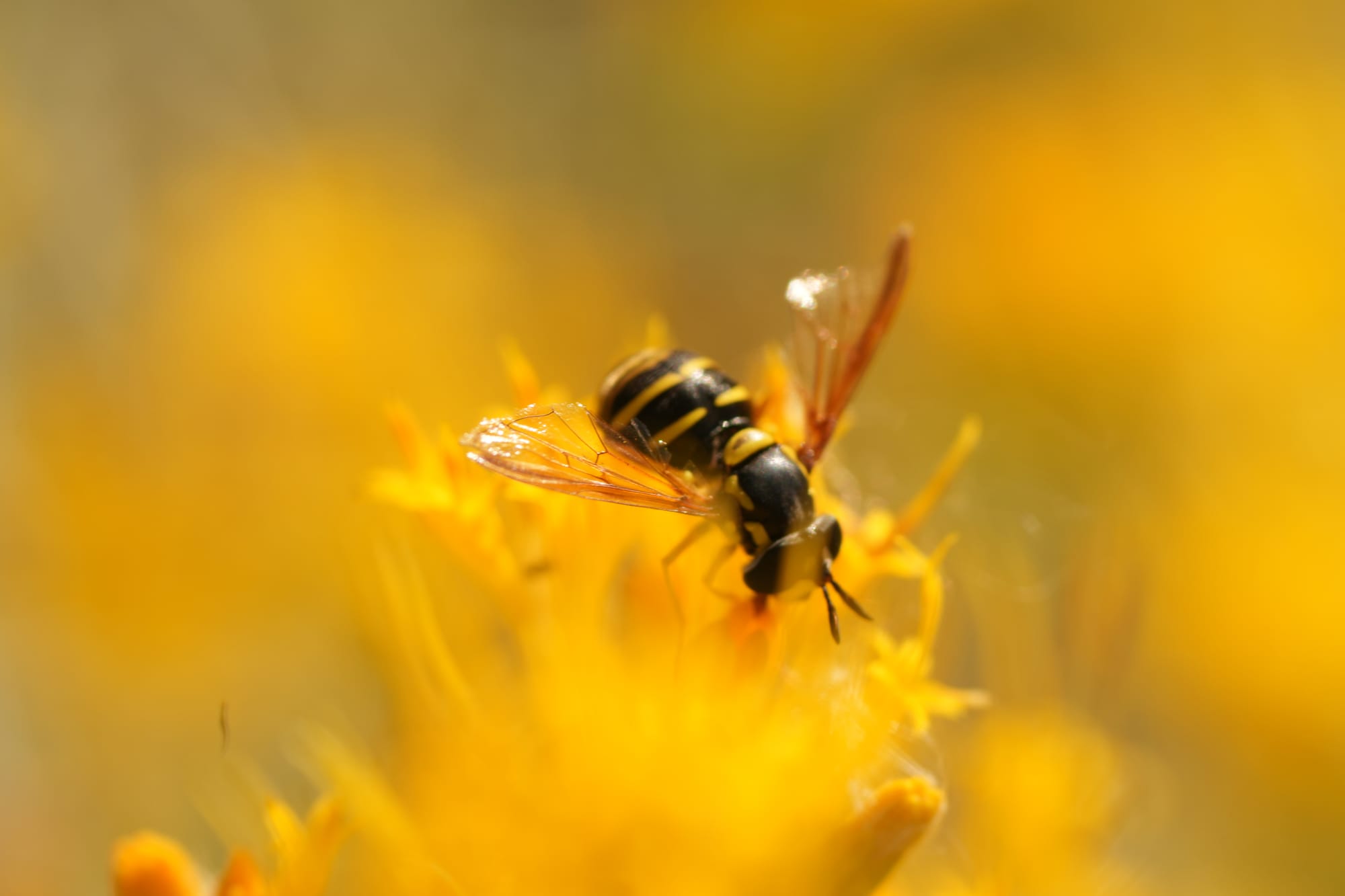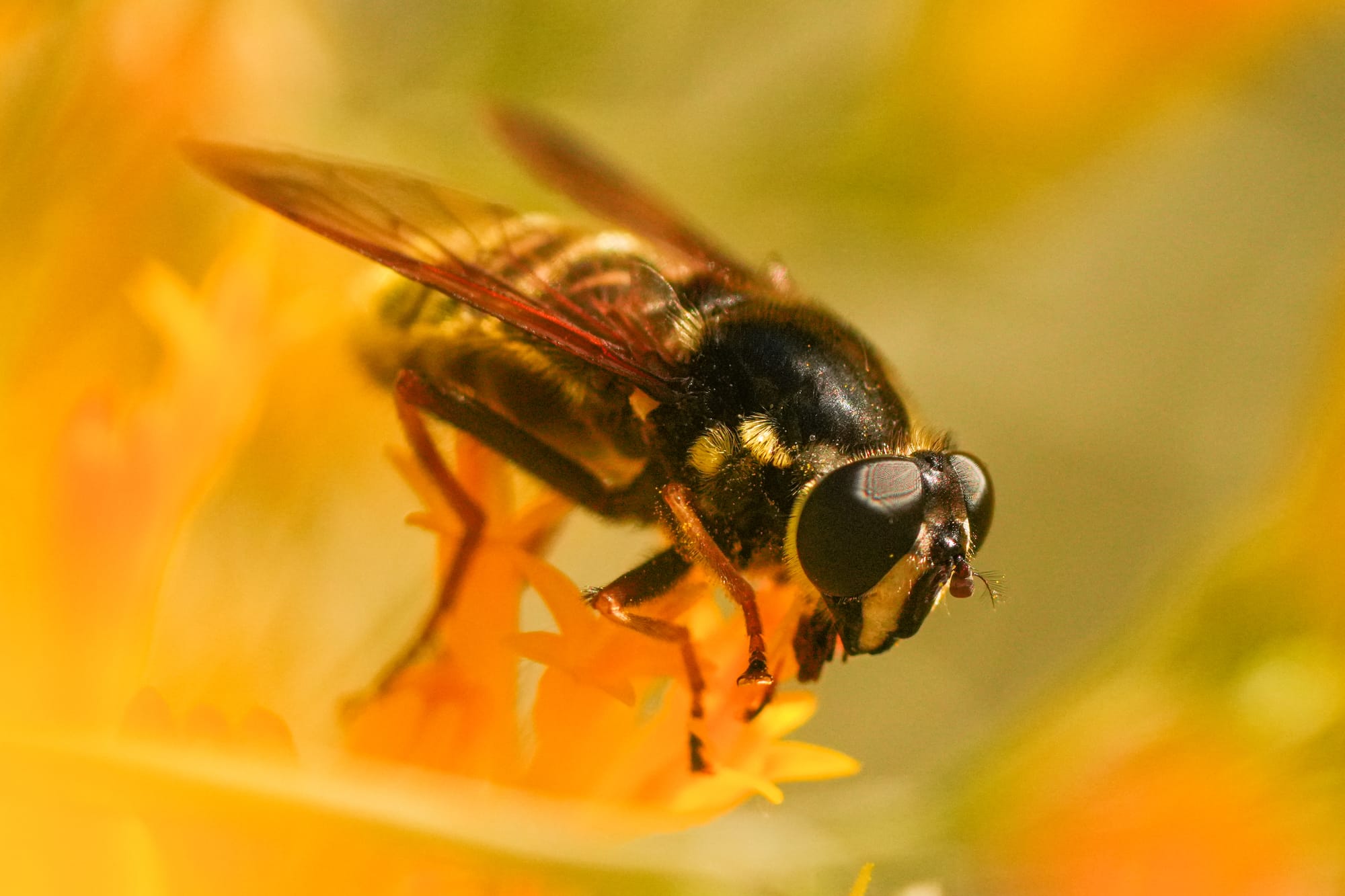September 15-21, 2024
A week of wonderfully warm and sunny days

After the gray rains of last week cleared up over the weekend, this turned into a fabulous week of warm and perfect late summer-early fall days.
Week in Review
I thought this week's newsletter was going to be a short one, with only a few photos, but to my surprise there's more to share than I imagined!
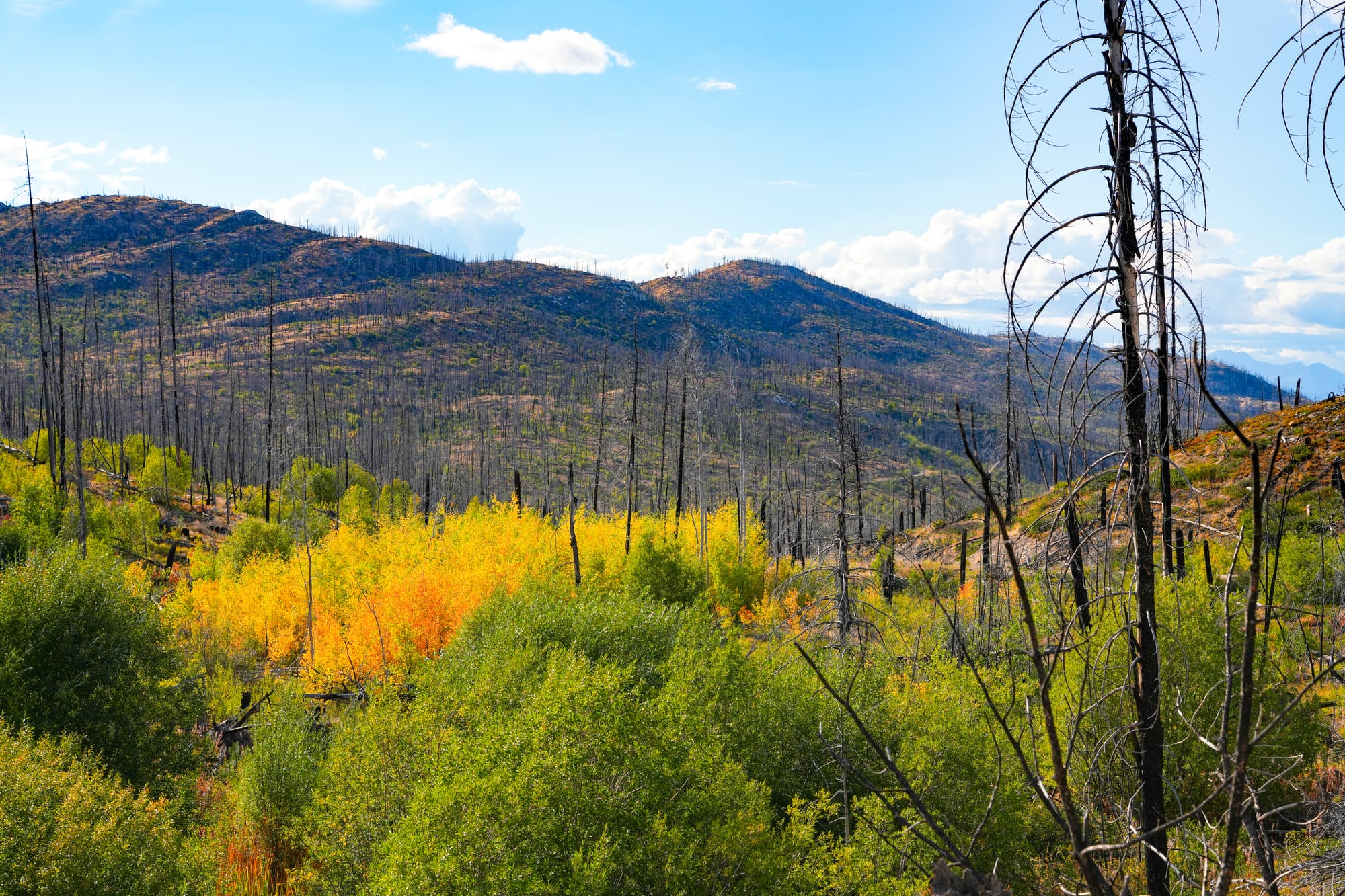
Let's start with the bigger picture. On Tuesday (Sept 17) we had a partial lunar eclipse superimposed on a rare triple event: a harvest moon, blood moon, and supermoon all at the same time. Unfortunately, a line of clouds on the horizon blocked the rising moon but we still caught a glimpse of the waning eclipse as the moon rose higher.
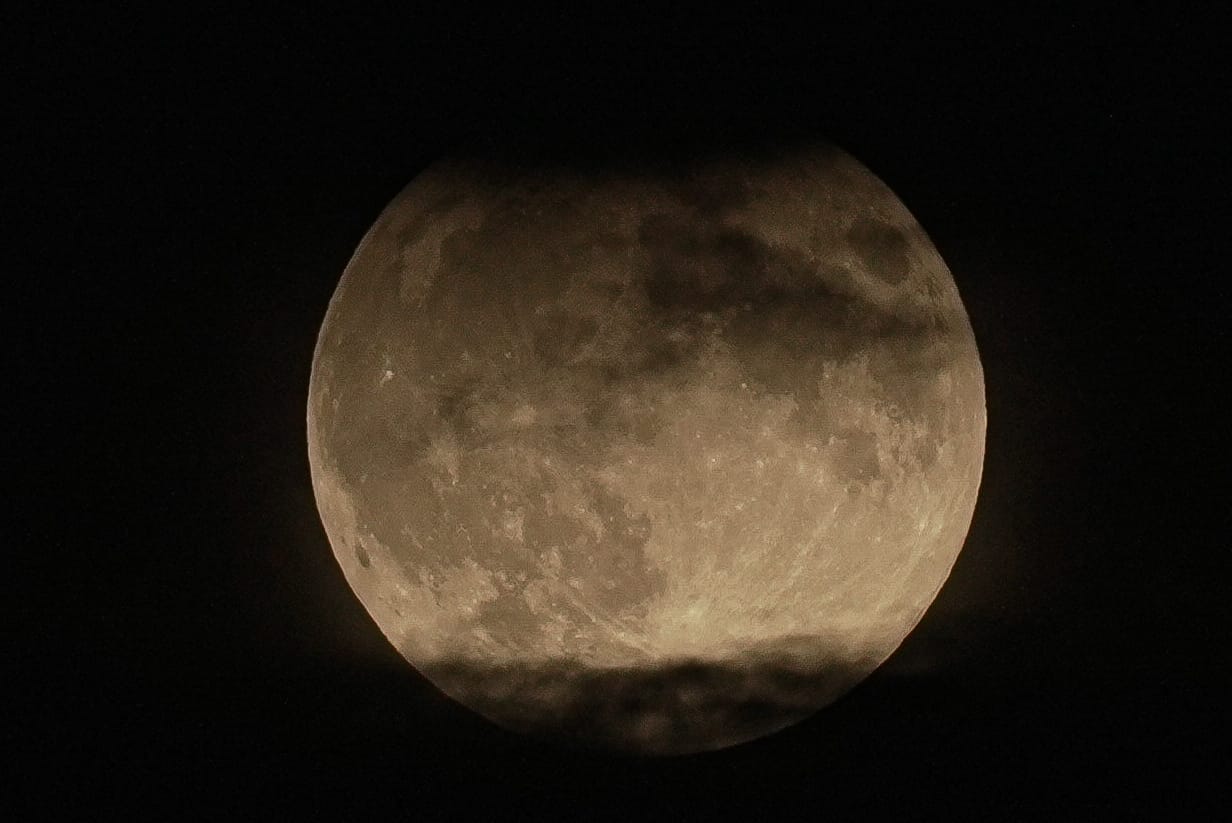
But the brilliant full moon hasn't been the only event in the sky this week, there have also been multiple days with dramatic cloud formations. I don't know if this is a fluke or if clouds like this are a regular occurrence at this time of year, but I'll definitely be paying more attention next year to answer this question.
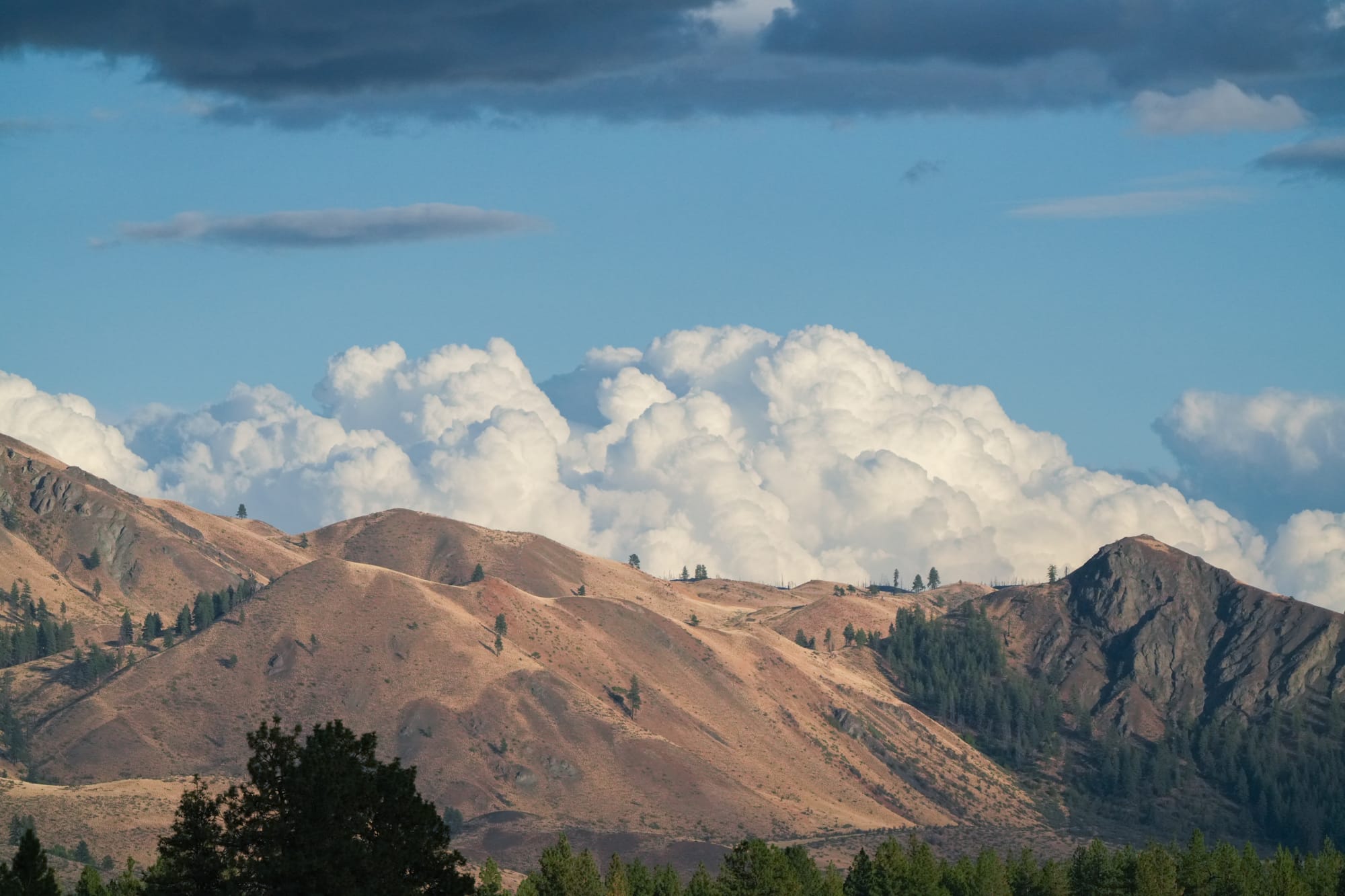
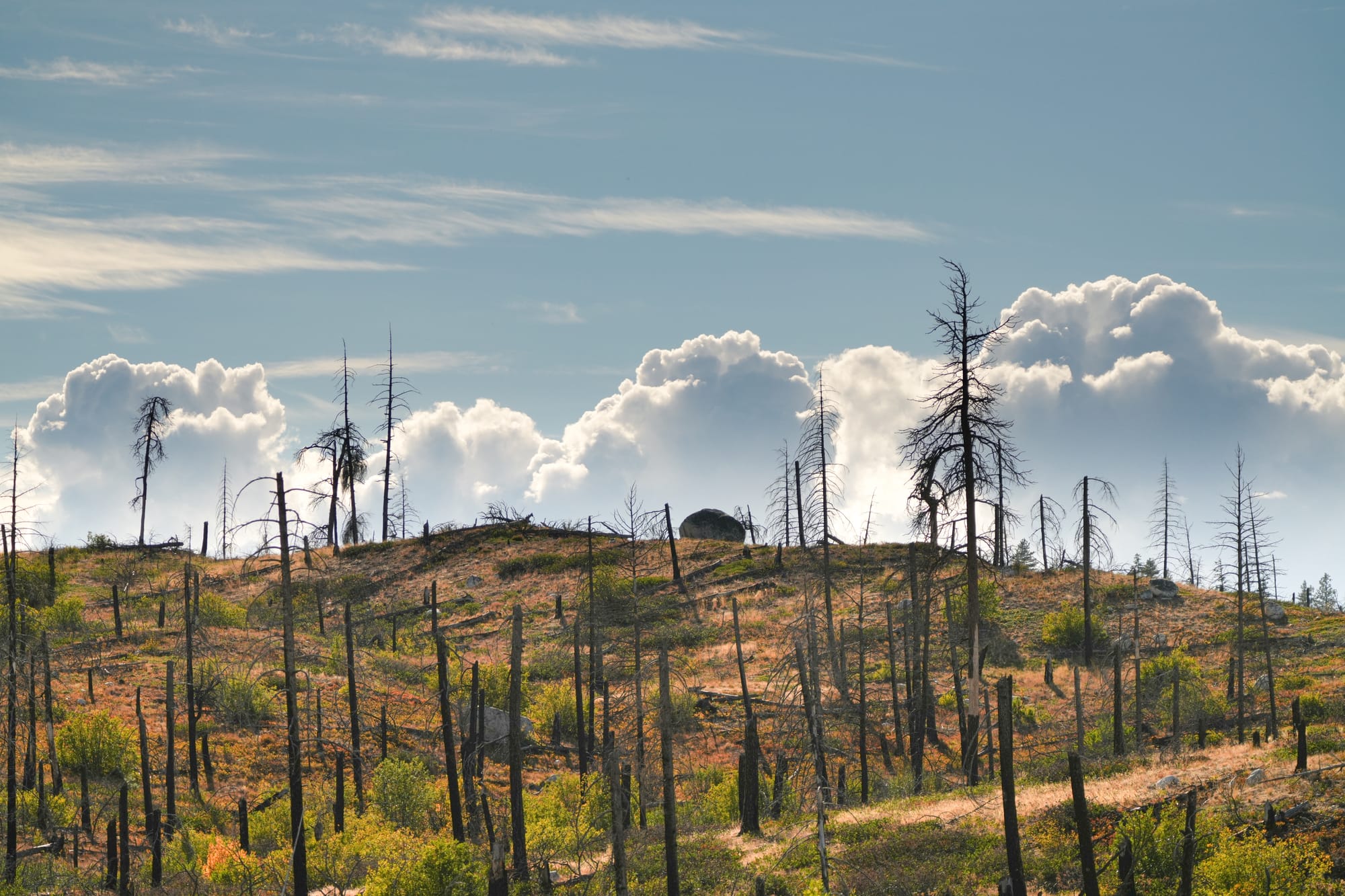
Some glimpses of the amazing clouds this week! Photos by David Lukas
Otherwise, birds continue to be the star of the show. Not only are there still lots of migrating songbirds, but waterfowl have begun showing up in the valley. And while summer birds like common nighthawks are long gone, you can still hear common poorwills calling at night and there was even an unusual sighting of a dead one.
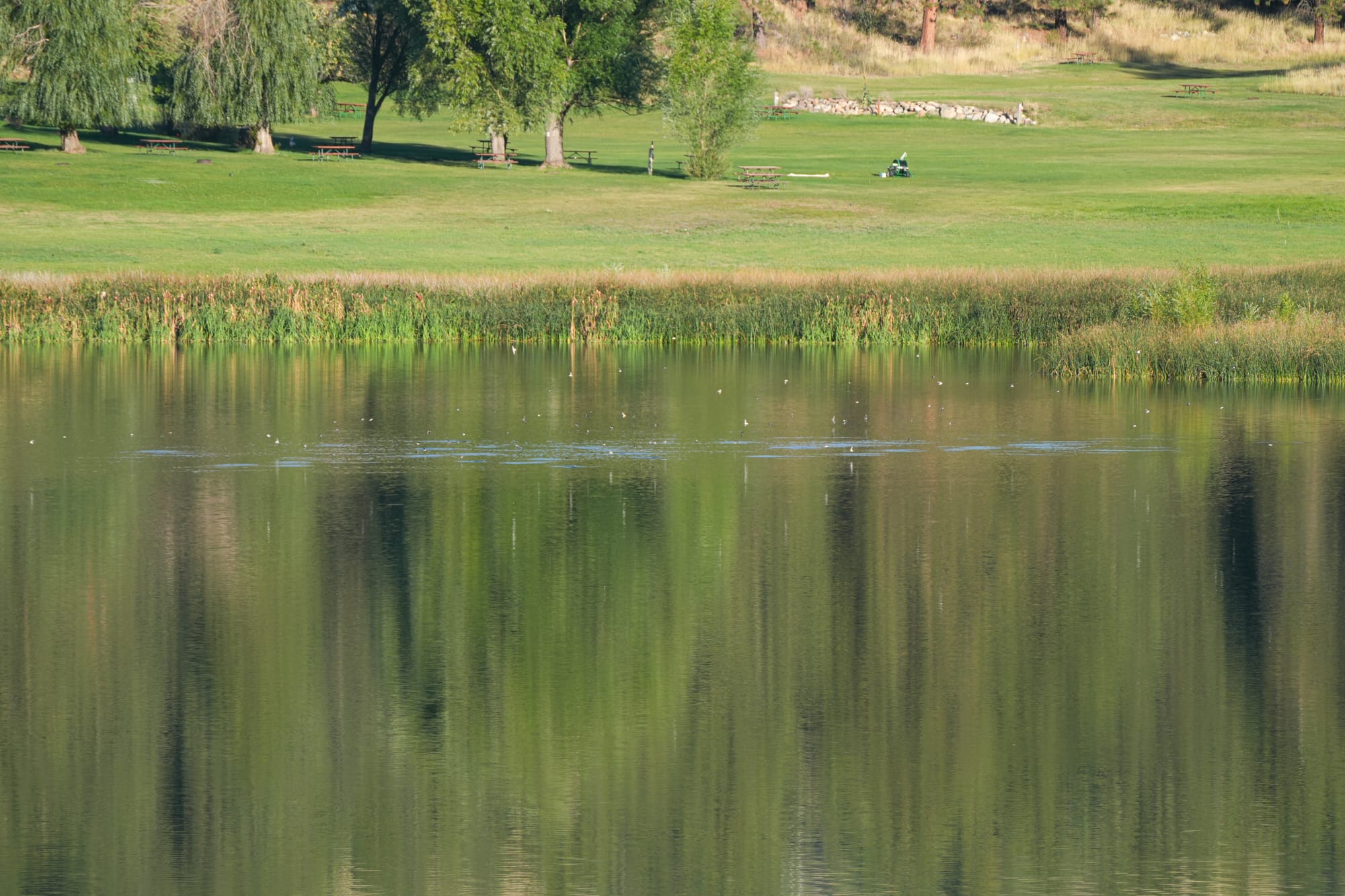
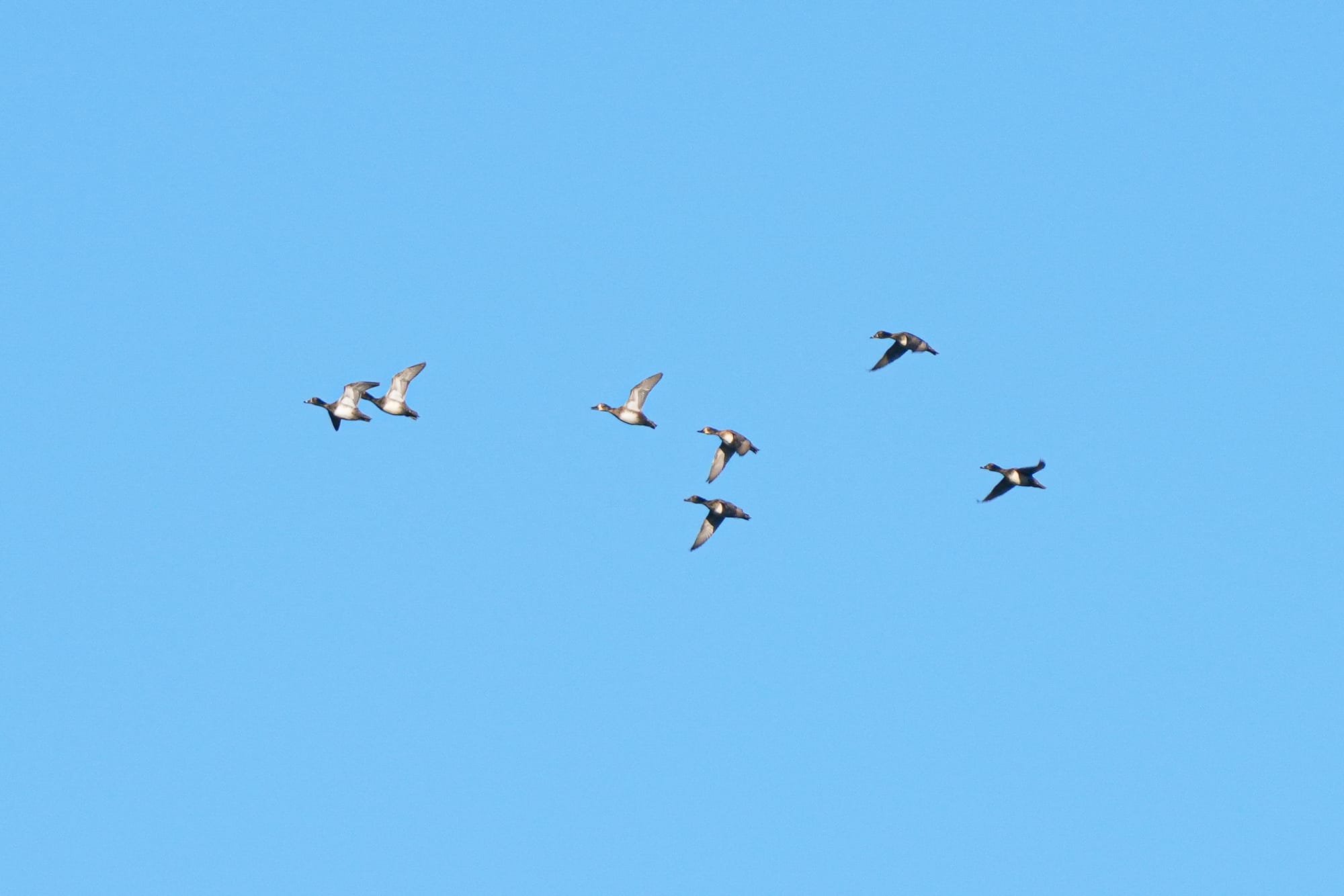
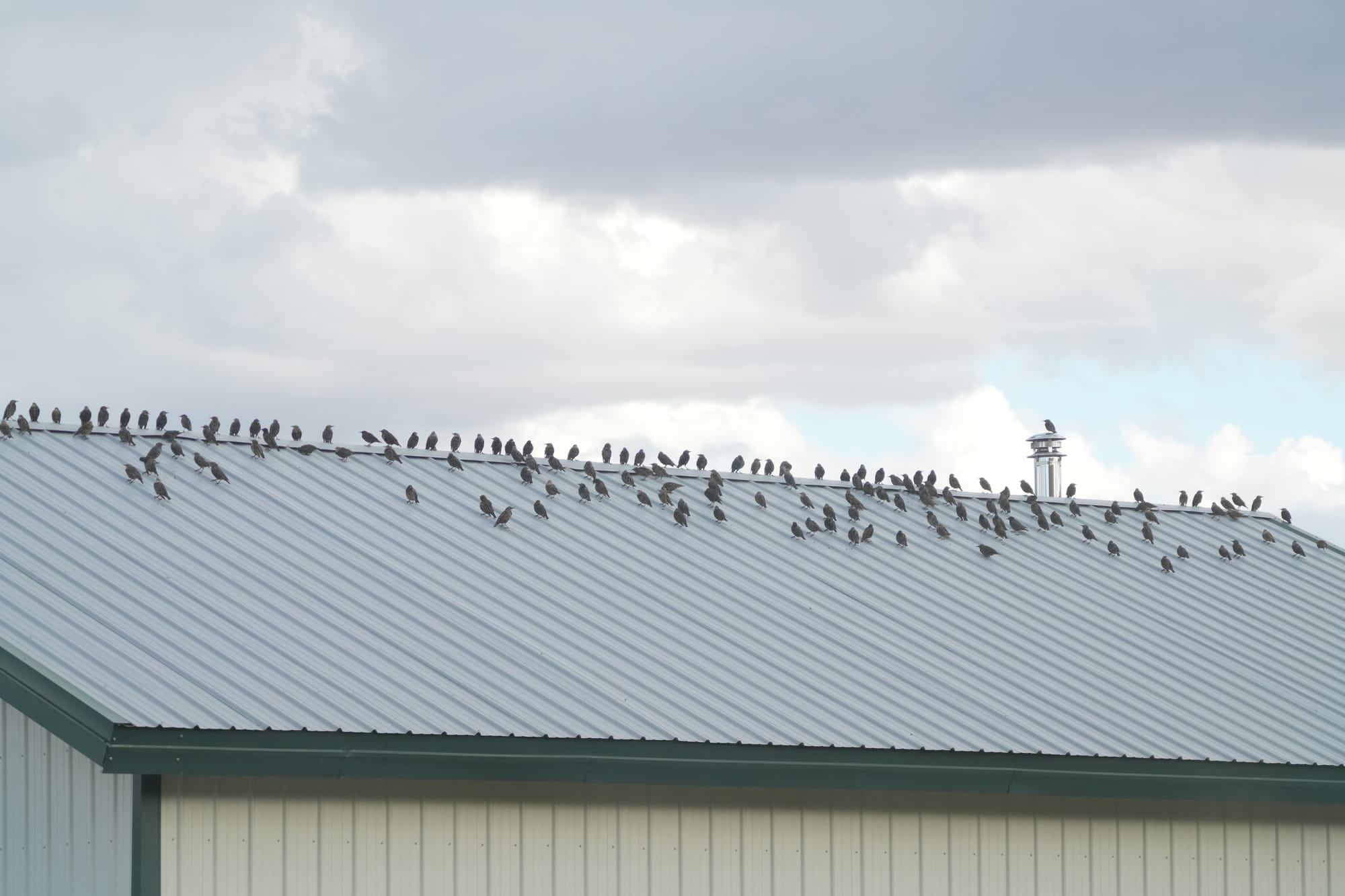
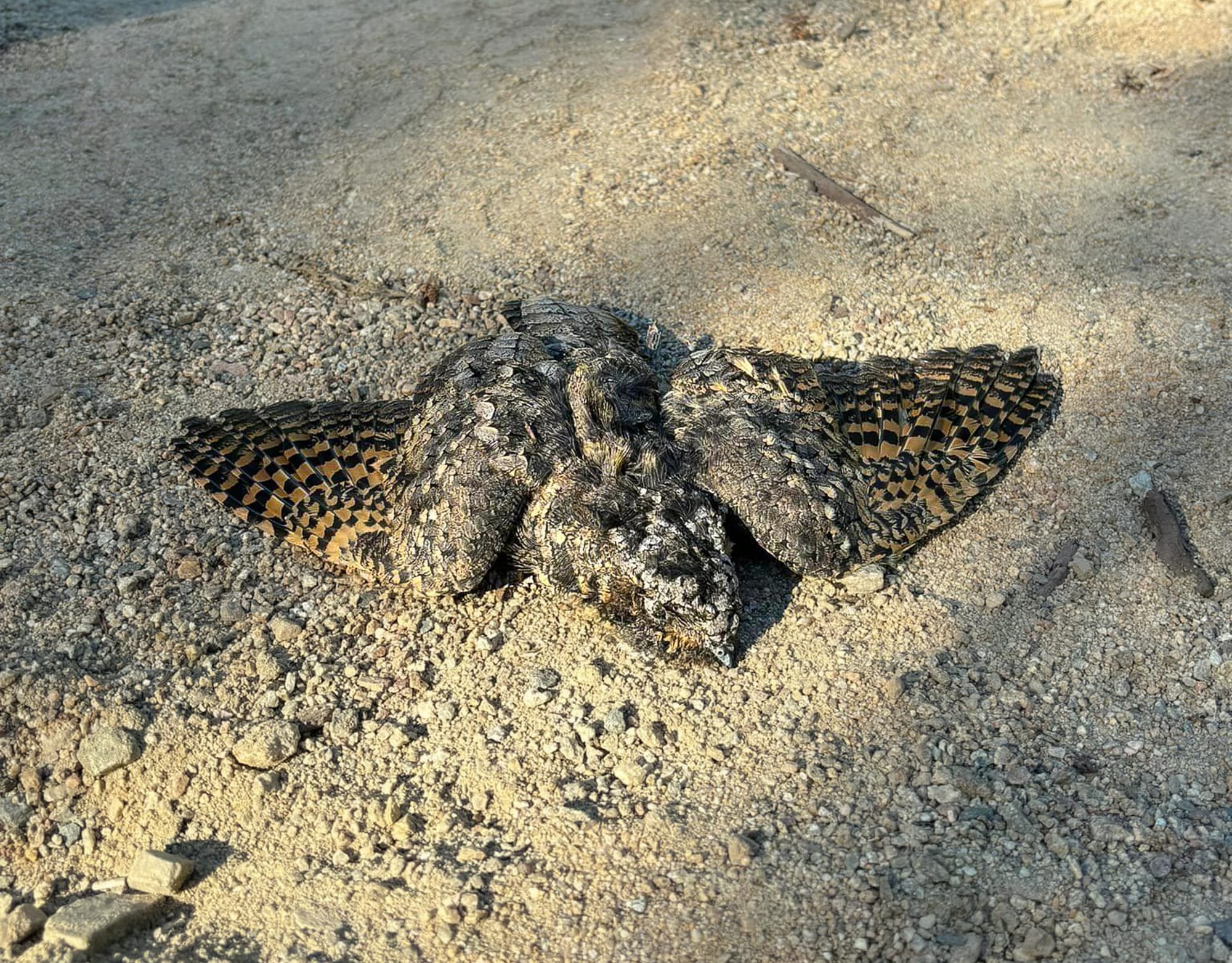
It was also fun to see a northern alligator lizard on Leecher Mountain this week. They are not rare but are hard to find so I count myself lucky if I see a single alligator lizard in a year. When they're startled, they have a way of slithering off like a snake, which is very different from the way that fence lizards or horned lizards move.
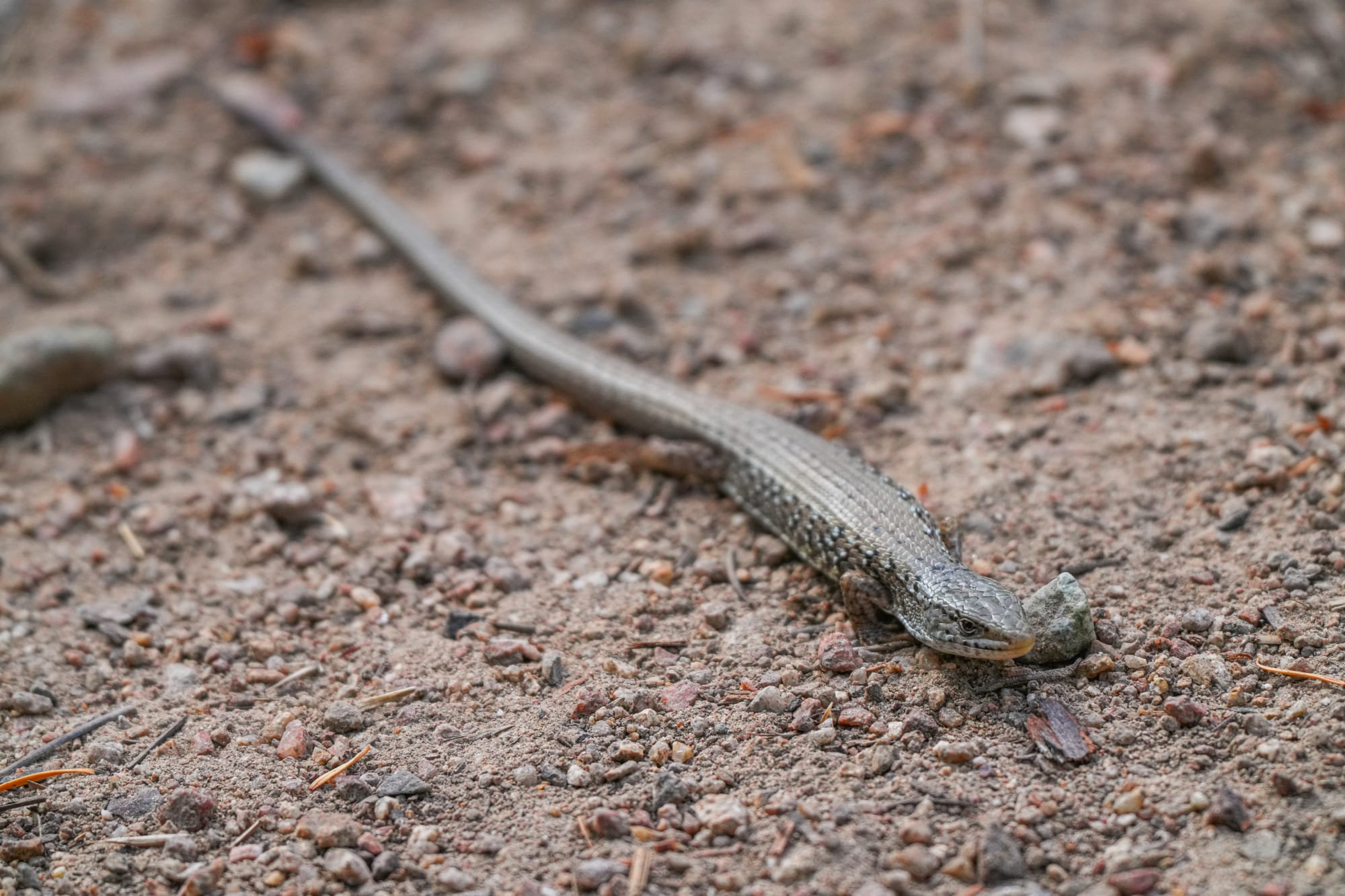
Finally, there were a couple interesting insect sightings this week, with several people reporting western swallowtail caterpillars turning orange as they prepare to pupate.
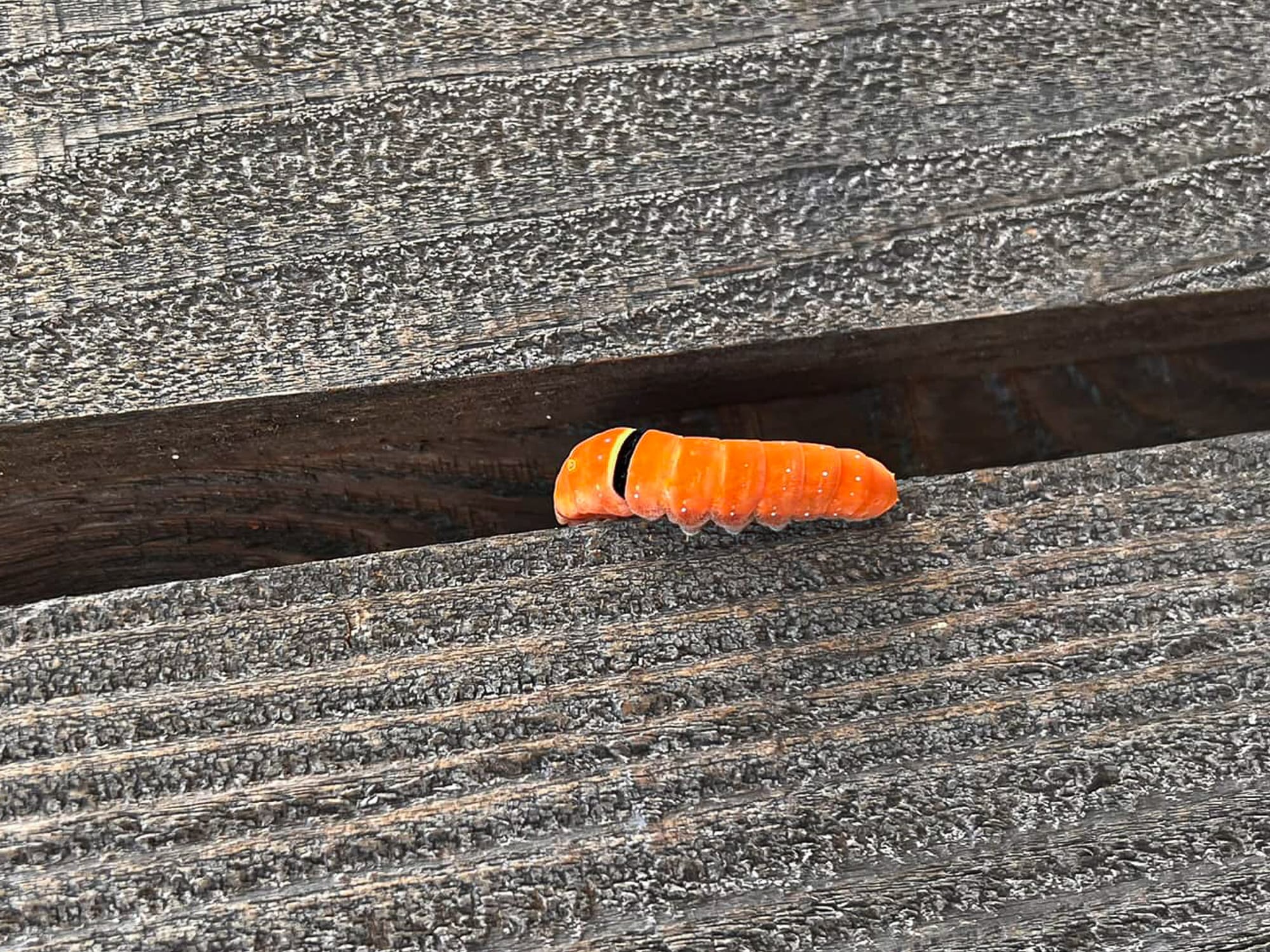
Someone also reported a locust borer, a beetle from the east coast that lays its eggs on black locust trees then feeds on goldenrod pollen as an adult. Black locust trees are commonly planted, and have spread widely, in the western United States, and apparently the borers have been following along behind.
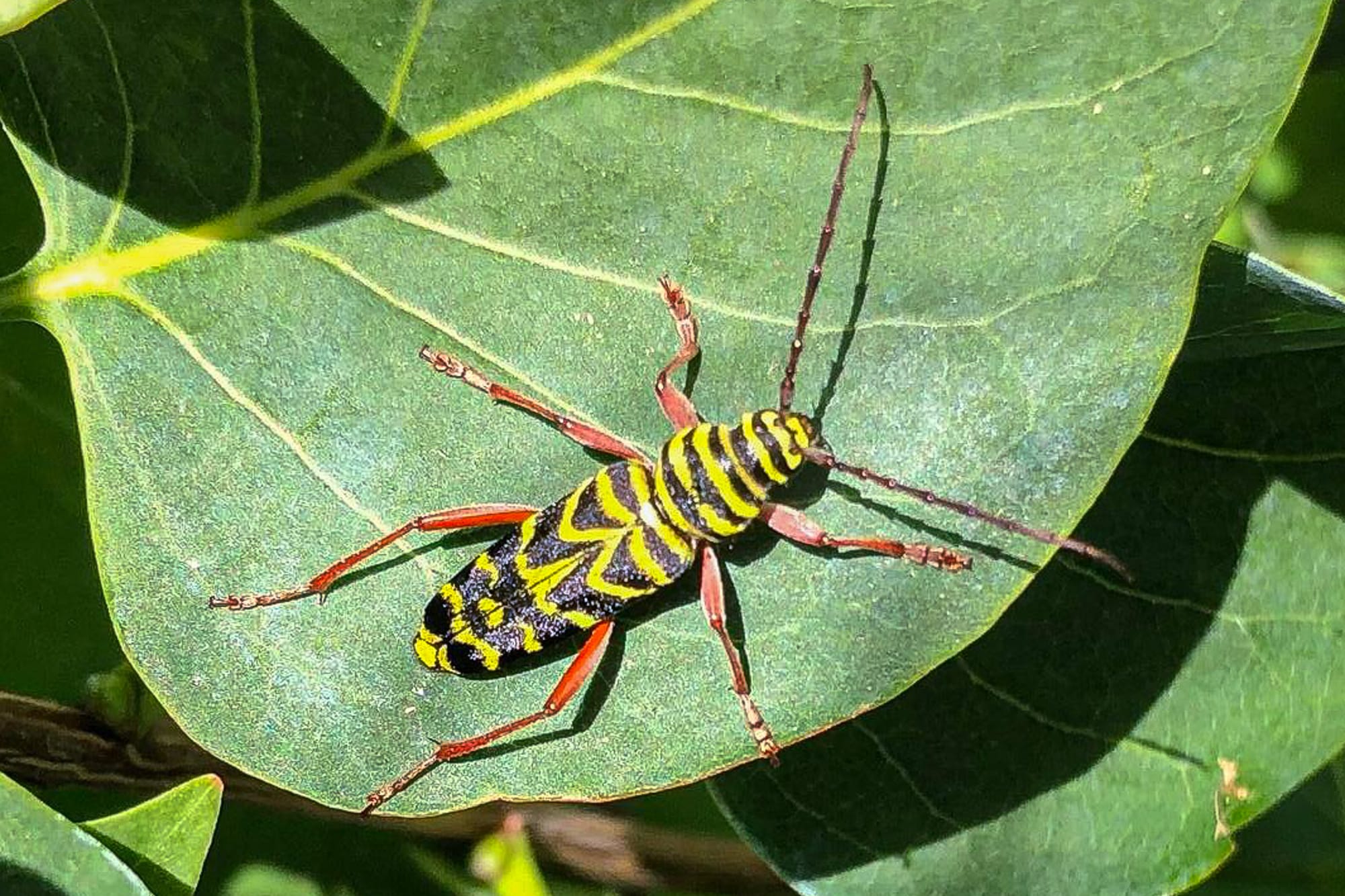
A Tribute to Lightning Bill
It's the end of an era in the Methow Valley, with one of the last old school fire lookouts in the state of Washington retiring this week. "Lightning" Bill Austin grew up in a log cabin along the Twisp River, went to high school at Liberty Bell, and has tended fire lookouts around the Methow Valley for 34 years, including 20 years on Goat Peak and 9 years at Leecher Mountain.

Running a fire lookout is a proud tradition best suited for that rare breed of humans who thrive in the extreme isolation and exposure of this lonely work. There was a time when there were 686 manned fire lookouts in Washington, but with the advent of limited budgets and modern technology there are currently only 25 manned fire lookouts left in the state.
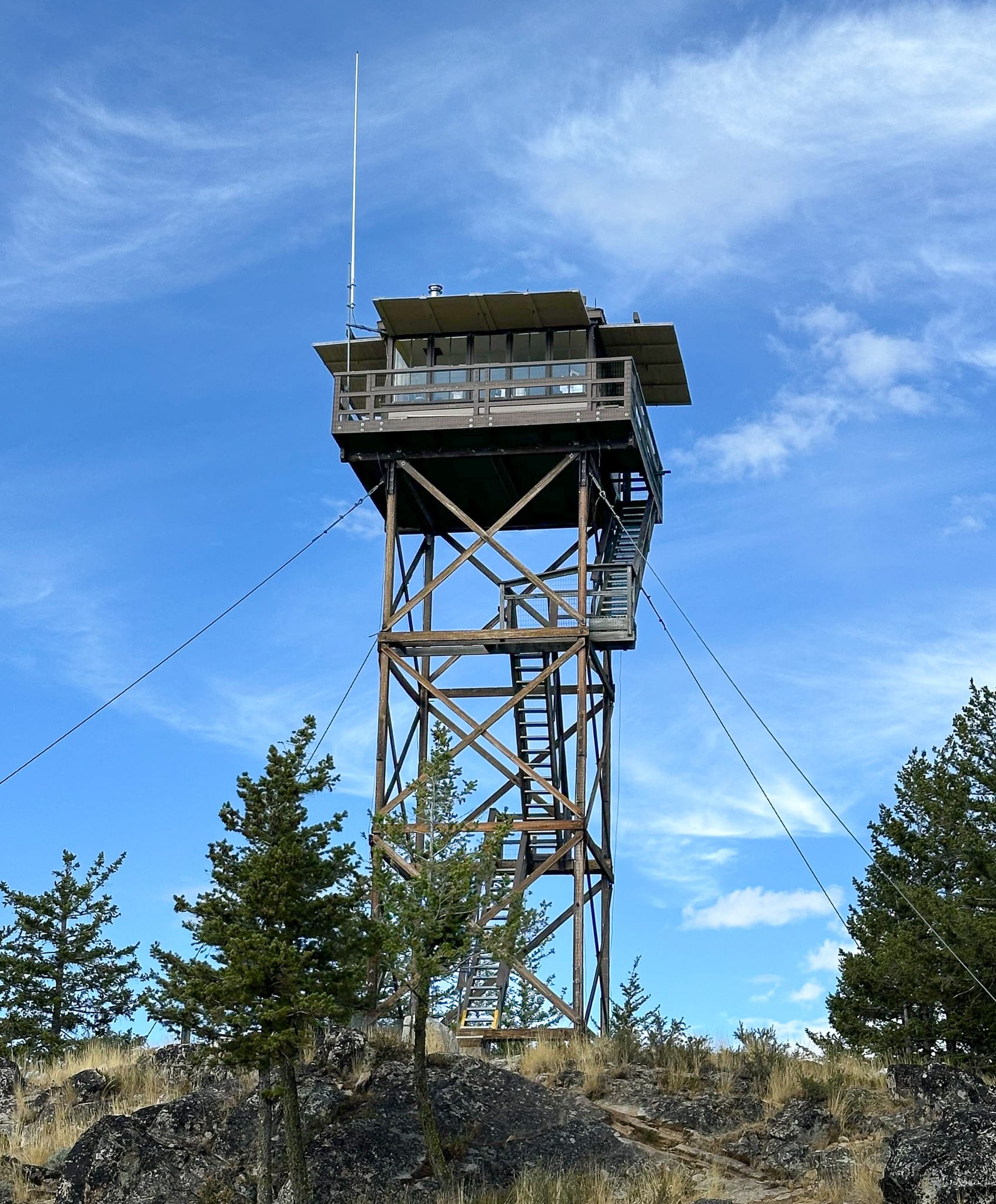
Lightning Bill is a legend who will be sorely missed by the countless numbers of people who have journeyed to one of these remote lookouts only to be greeted by Bill's affable charm, generous spirit, and lively conversation.
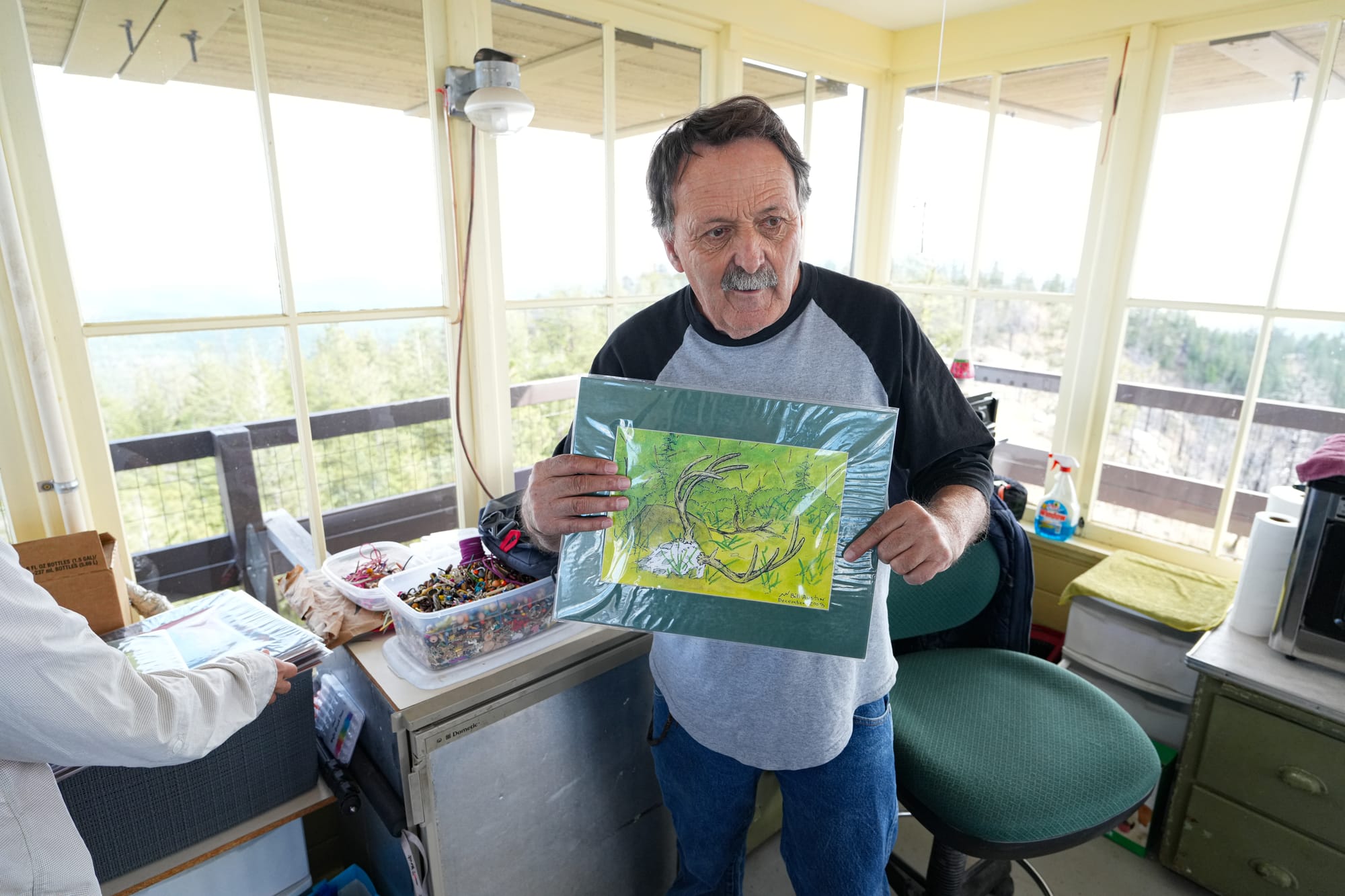
Sadly, there's no word on whether the Forest Service will continue manning the Leecher Mountain lookout, and this cozy lookout cabin may be shuttered indefinitely. This feels like a lost opportunity because the Leecher Mountain lookout would be a perfect spot to host an ongoing artist-in-residence program, and I hope that some organization looks into this possibility!

In the meantime, the Forest Service and the community will be celebrating Lightning Bill's life and work with a potluck dinner, music, and festivities at the Red Barn on September 29th from 4 - 8 pm.
Observation of the Week: Rabbitbrush
As summer fades into autumn there aren't a lot of flowers left, but one conspicuous exception are the bright yellow flowers of rabbitbrush that are easily found on dry hillsides and roadsides at this time of year.
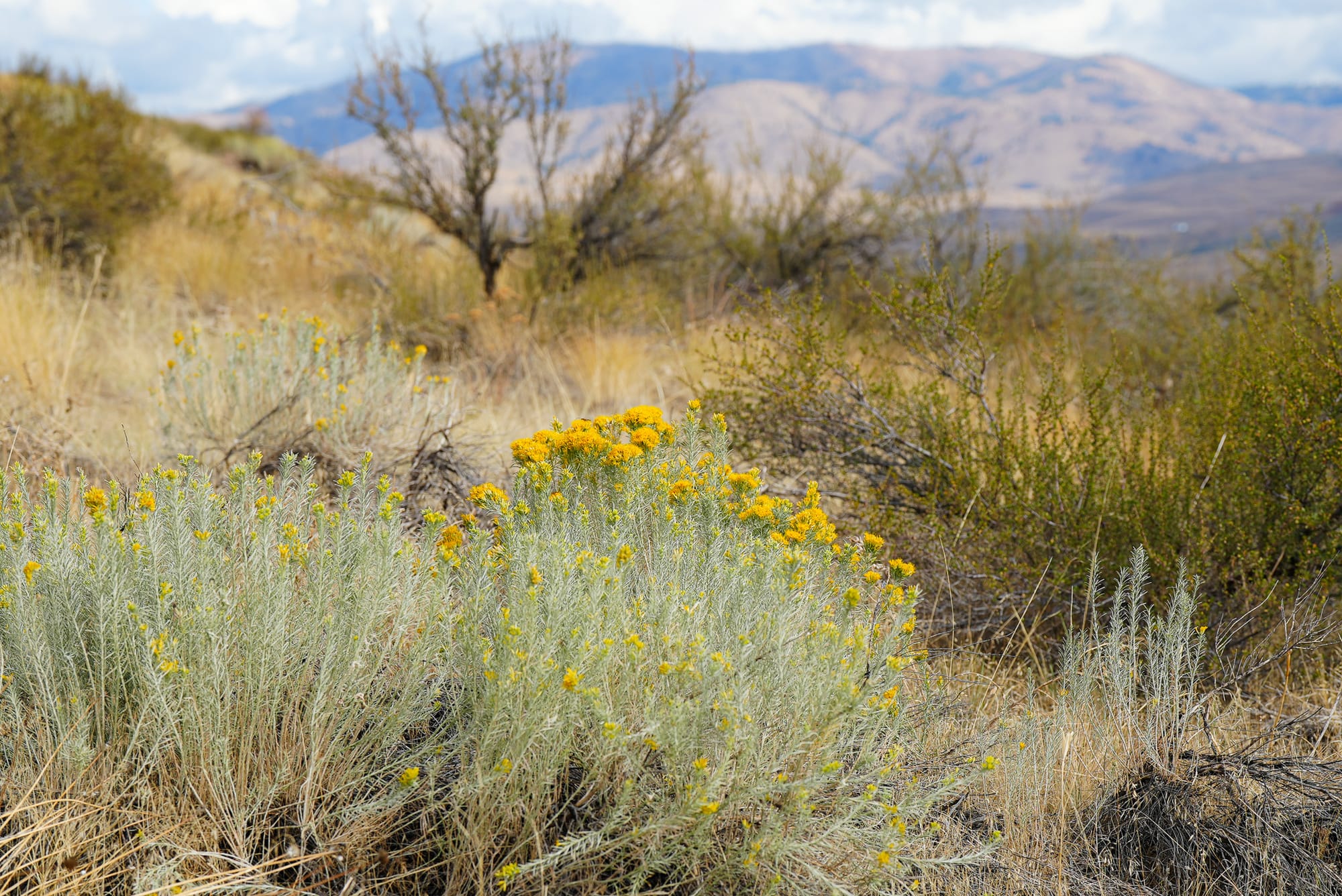
There also aren't many pollinators at this time of year (which I discuss in a newsletter last fall), but rabbitbrush overcome this deficient by being showy and producing lots of nectar to attract insects.
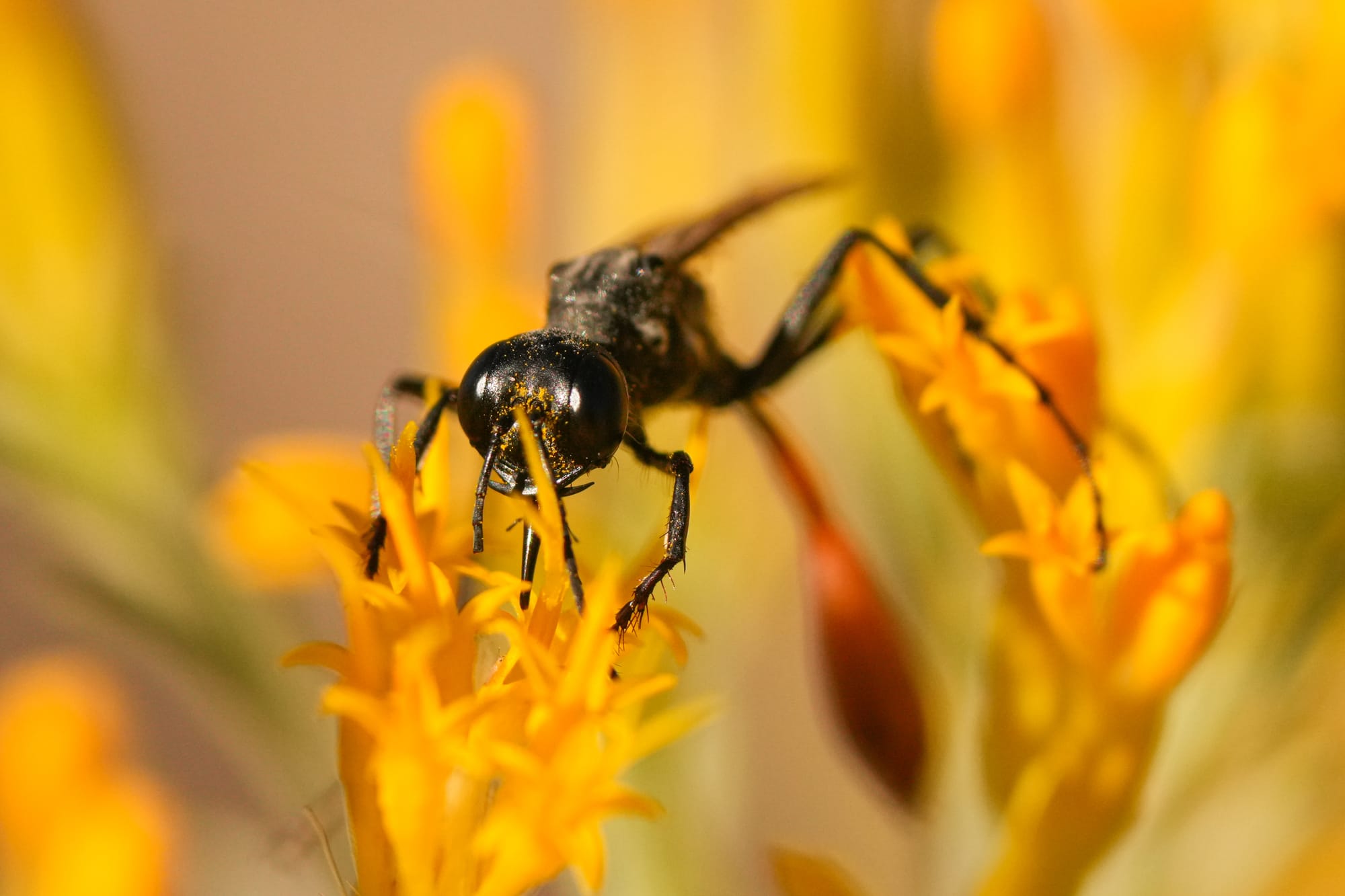
As an example, here is a sampling of some of the pollinators I found on a single rabbitbrush at the same time!!! There were so many insects that it was difficult to photograph them, and it's an indication of how incredibly important this plant is. Scroll through these pictures and think about the diversity of life at a single plant!
